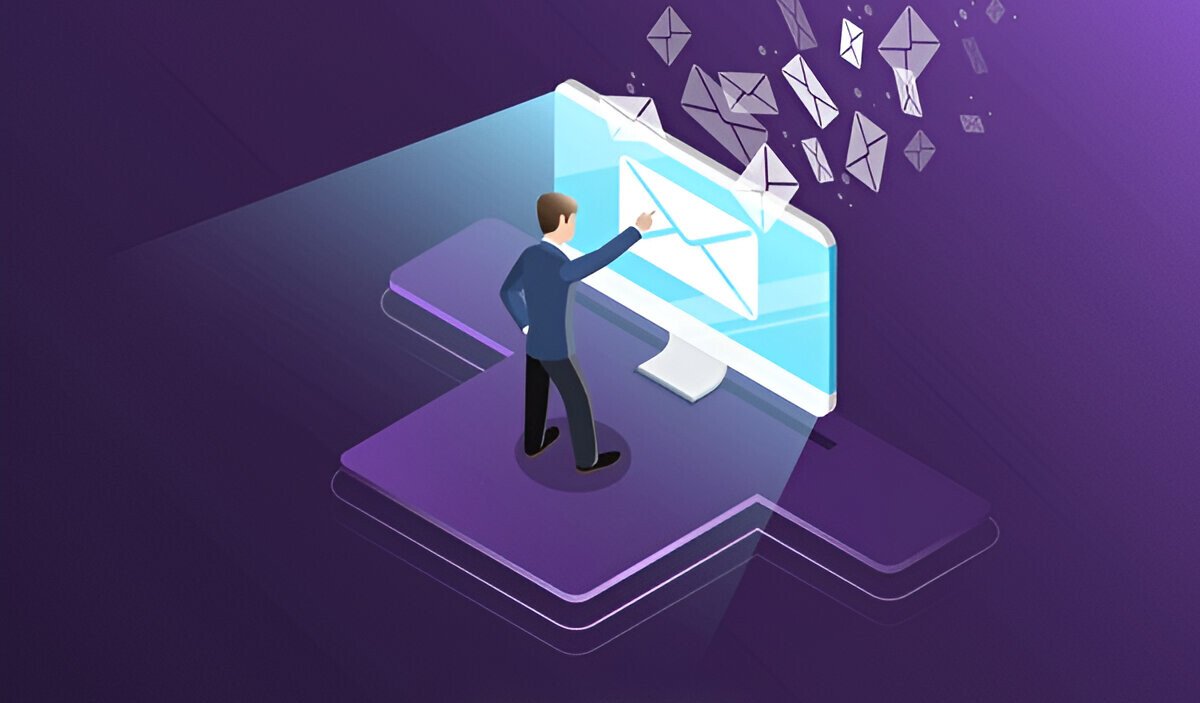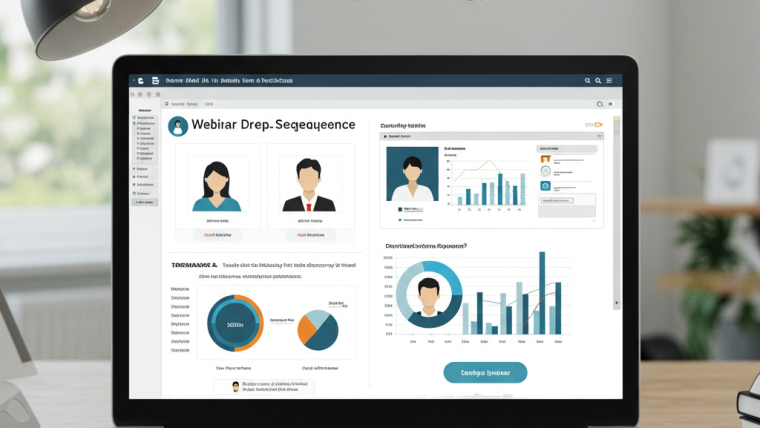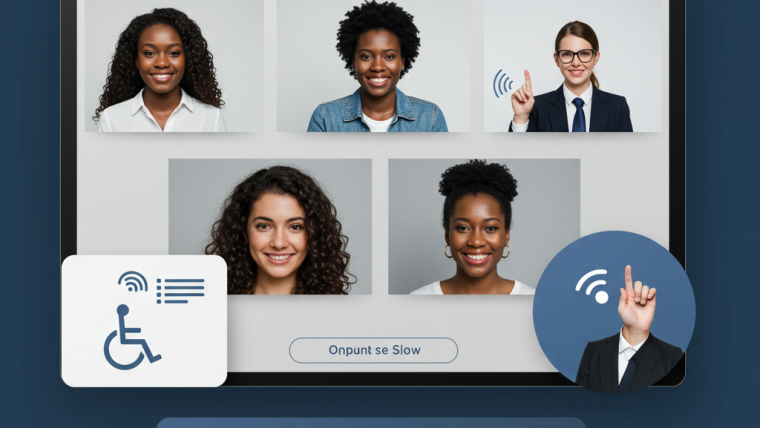Virtual events have become a vital way for businesses to connect with audiences worldwide. Webinars, online workshops, and virtual conferences offer incredible opportunities to engage, share insights, and build relationships. However, the real challenge begins after the event concludes.
Without a well-planned follow-up, the impact of your virtual event can quickly fade. This is why creating a follow-up email strategy after virtual events is essential to maintain momentum, nurture leads, and turn one-time attendees into lasting contacts.
Why Following Up Matters
Maintaining Engagement After the Event
Right after a virtual event, attendees are often energized by the new information and connections. Yet, inboxes fill up rapidly, and if you don’t act quickly, your message may get lost.
Turning Interest Into Action
A follow-up email helps remind participants of the value they gained and encourages further engagement. It’s your chance to deepen the relationship, guide them to take next steps, and ultimately turn interest into action.
Building Blocks of an Effective Follow-Up Email Strategy
Timing Your Emails Correctly
The first follow-up should go out within 24 hours. This quick response ensures your message arrives while the event is still fresh in attendees’ minds.
Personalization Creates Connection
Generic emails rarely stand out. Address your recipients by name and reference the sessions or topics they attended. Tailored messages feel more relevant and increase engagement.
Offering Real Value
Don’t just say thanks — give attendees useful resources. Links to session recordings, slides, or bonus materials add value and reinforce your expertise.
Clear Calls to Action
Every email should include a clear next step. Whether it’s signing up for a newsletter, booking a demo, or joining another event, make your call to action (CTA) prominent and easy to follow.
Different Types of Follow-Up Emails
Thank You Email
A warm thank you shortly after the event shows appreciation and sets the tone for further communication. Include highlights and links to key resources to keep interest high.
Educational Content Email
Follow up with valuable content related to your event. Share blog posts, whitepapers, or industry insights that help deepen attendees’ knowledge.
Offer or Invitation Email
Invite recipients to try a product, attend a future event, or access exclusive content. This moves them closer to becoming customers or active community members.
Feedback Request Email
Asking for feedback demonstrates you care about their experience and gives you insights to improve future events. Keep surveys brief and consider offering incentives for participation.
Best Practices for Writing Follow-Up Emails
Keep It Conversational
Write your emails like you’re speaking directly to a person. Avoid stiff or overly formal language to create a friendly tone.
Use Short Paragraphs
Break text into digestible pieces. Most readers skim emails, so clarity and brevity are essential.
Incorporate Visual Elements
Adding images from the event or branded graphics can make your emails more attractive and memorable.
Optimize for Mobile
Many people check emails on their phones, so ensure your messages look good on all screen sizes.
Test Your Subject Lines
Experiment with different subject lines to find which ones encourage the most opens. Small tweaks can make a significant difference.
Measuring and Improving Your Follow-Up Campaign
Track Key Metrics
Monitor open rates, click-through rates, and conversions to understand how your emails perform.
Analyze and Adjust
High open but low click rates might indicate that your content or CTA needs improvement. Adjust based on data.
Monitor Unsubscribes
A rising unsubscribe rate can signal that your emails are too frequent or not relevant enough, so watch carefully.
Common Mistakes to Avoid
Avoid One-Size-Fits-All Emails
Segment your audience and personalize content to increase relevance and engagement.
Don’t Overwhelm Recipients
Avoid packing too much information or too many CTAs into one email. Keep messages focused and clear.
Don’t Ignore Mobile Users
Neglecting mobile design leads to poor user experience and lost opportunities.
Don’t Forget Non-Responders
Send gentle reminders or different messages to those who didn’t engage initially.
Final Thoughts: Making Your Follow-Up Strategy Work
Virtual events open doors, but your follow-up emails help walk through them. By acting promptly, personalizing your messages, and providing genuine value, you turn attendees into engaged contacts.
Invest the time to craft a thoughtful follow-up email strategy after virtual events. The payoff? Stronger relationships, better lead nurturing, and a higher return on your event investment.
To boost engagement in future sessions, consider using interview-style questions in your next webinar for a more dynamic experience.








Webinar Analytics: A Complete Guide to Measuring Success and Improving Performance
The Ultimate Webinar Follow-Up Strategy to Turn Attendees into Customers
Webinar Accessibility Best Practices: How to Make Your Online Events Inclusive for All
Webinar Personalization: Tailoring Content to Audience Segments for Maximum Engagement